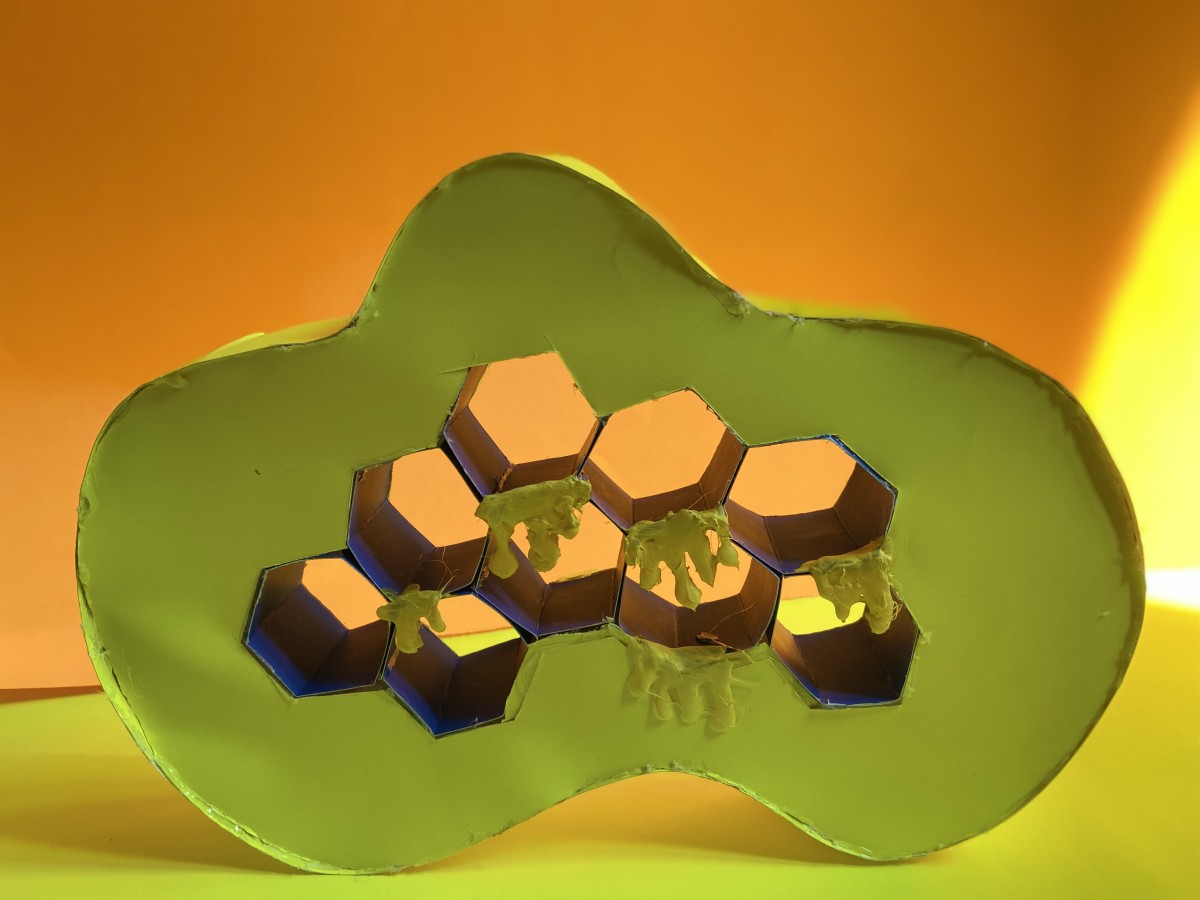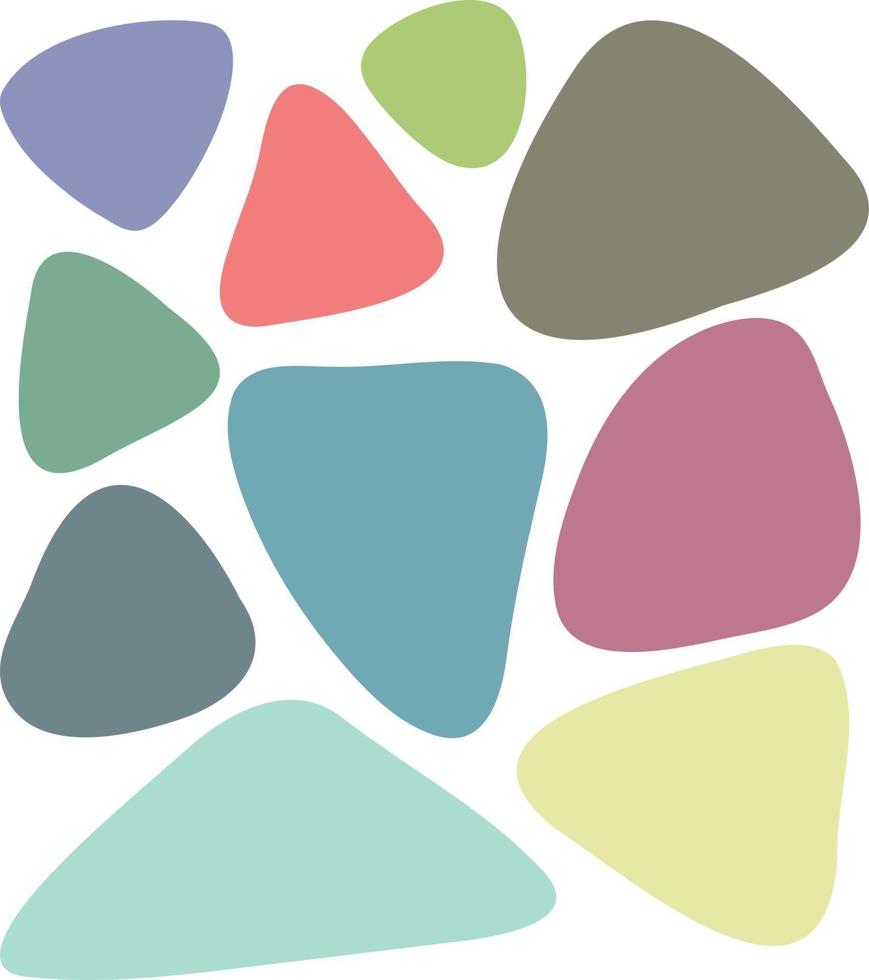

Highlighting the refined lines of the environment will transmit the comfort that a house needs, as they create that warm and homely space, providing well-being at the moment. For example, through the wasabi or japandi style, where less is more, we find a perfect harmony. For this, the furniture stands out for its simplicity, and moves away from more ornate styles. It is important that in organic decoration the shapes are cared for.
#Organic shapes how to#
Starting from that premise, through 3 aspects, you will discover how to include the organic style in interiors: Organic shapes: a trip through the senses In interior design, organic decoration seeks to promote harmony between the environment of a home and nature, creating a perfect balance. In both art and architecture, organic forms have the role of generating the union of nature with the human being. Keys to organic decoration: shapes, tones and materials Ecological architecture, sustainable architecture, green architecture, eco-architecture, environmentally conscious architecture, etc. Una publicación compartida de Architecture & Design Magazine this type of architecture has been evolving and deriving in other aspects with the same purpose.


It is a building, which was built in 1939, located on the waterfall of the Run River in the state of Pennsylvania and is today a national monument of the country. One of the architect’s most popular buildings is the famous Waterfall House. The American architect Frank Lloyd Wright was one of the precursors of the so-called organic architecture in the 1930s and was responsible for its naming. The main idea of this movement is to generate a unified composition of the human being (in this case the building where a person lives) and the natural environment. Organic architecture: integration with natureĪrchitectural organicism or organic architecture is a movement that promotes the harmony of human beings with nature and uses design to generate spaces for coexistence. Surrealist artists such as Hans Bellmer, Joan Miró, Arshile Gorky or Roberto Matta drew with their creativity and ingenuity organic forms that transported them to the tranquility and peace of nature. It was not a movement as such, but other artistic styles such as surrealism or modernism were influenced by biomorphism, which influenced artists of different nature and origin from 1920 to 1950 approximately. Organic art through Biomorphismīiomorphism was a plastic current of the 20th century that was characterized by the use of organic forms (simple and irregular shapes) that evoked the natural and biological world. And as in any other decorative style, art and architecture have influenced its “shape”. Once we have the concept, it is time to look back to discover where organic decoration comes from, because although it is a current trend, its origins are from the past. These organic shapes do not follow a mathematical pattern or regularity, as is the case with geometric shapes. They are very usual in nature, for example, in clouds or trees. It is a concept that refers to shapes with irregular contours. Where organic style in interior design comes from: architecture and organic artįirst, we need to know what an “organic shape” is. Through organic shapes, natural tones and handcrafted materials, we embark on a journey through the most homely decoration, the organic interior design.

So if you’re wondering how to find that comfort in your home, you’re in the right place to find out. In this post pandemic era we have learned that one of the interior trends that is here to stay is the search for wellness in the home. Nature is pleased with simplicity, so wrote Isaac Newton and so we begin this article, where nature and simplicity will go hand in hand showing us all the possibilities available to create cozy spaces through organic decoration.


 0 kommentar(er)
0 kommentar(er)
